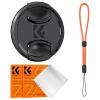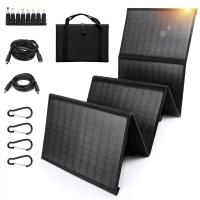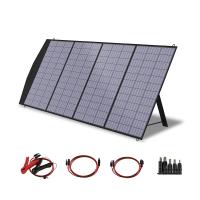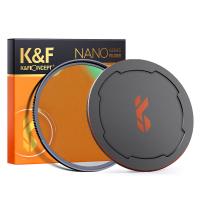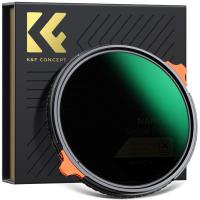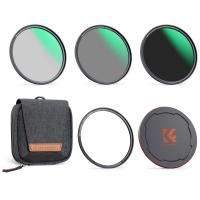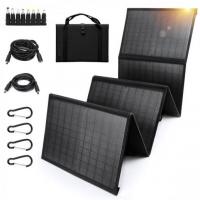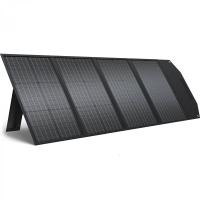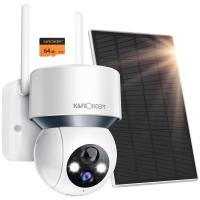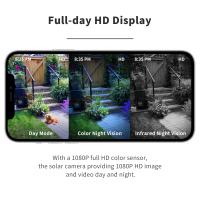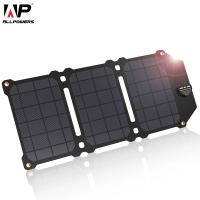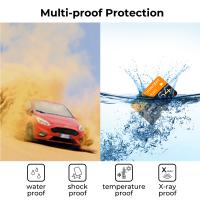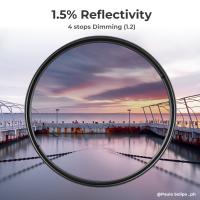Can You Get Solar Panels For Free?
In recent years, the interest in renewable energy sources has surged, with solar power being one of the most popular options. Many homeowners and businesses are exploring the possibility of installing solar panels to reduce their energy bills and carbon footprint. A common question that arises in this context is whether it is possible to get solar panels for free. This article delves into the various aspects of this question, examining the feasibility, available programs, and potential pitfalls associated with acquiring solar panels at no cost.
Understanding the Concept of "Free" Solar Panels

The idea of getting solar panels for free is appealing, but it is essential to understand what "free" truly means in this context. Generally, when people refer to free solar panels, they are talking about programs or incentives that reduce the upfront cost of installation. These programs can come in various forms, such as government incentives, solar leases, power purchase agreements (PPAs), and community solar programs.
Government Incentives and Rebates

One of the most common ways to reduce the cost of solar panels is through government incentives and rebates. Many countries and states offer financial incentives to encourage the adoption of solar energy. These incentives can significantly lower the initial investment required for solar panel installation.
Federal Tax Credits
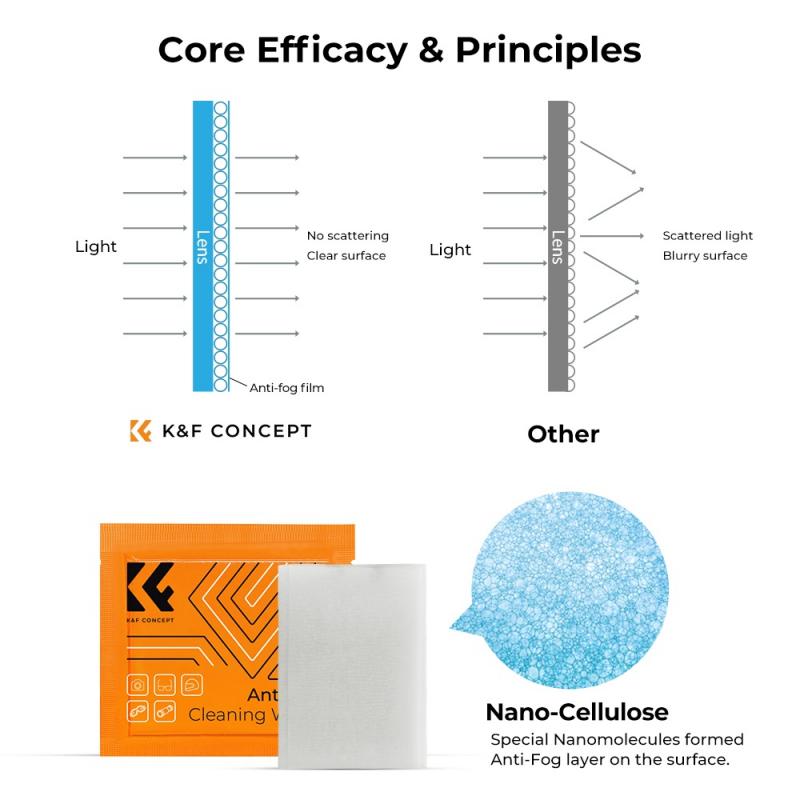
In the United States, the federal government offers the Investment Tax Credit (ITC), which allows homeowners to deduct a significant percentage of the cost of installing a solar energy system from their federal taxes. As of 2023, the ITC provides a 26% tax credit for systems installed before the end of the year. This percentage is set to decrease in the coming years, so it is advisable to take advantage of this incentive sooner rather than later.
State and Local Incentives

In addition to federal tax credits, many states and local governments offer their own incentives. These can include rebates, tax credits, and grants that further reduce the cost of solar panel installation. The availability and amount of these incentives vary by location, so it is essential to research what is available in your area.
Solar Leases and Power Purchase Agreements (PPAs)
Another popular option for acquiring solar panels with little to no upfront cost is through solar leases and power purchase agreements (PPAs). These arrangements allow homeowners to benefit from solar energy without the need to purchase the panels outright.
Solar Leases
With a solar lease, a third-party company installs and maintains the solar panels on your property. In return, you pay a fixed monthly fee to lease the equipment. The advantage of this arrangement is that it eliminates the need for a significant upfront investment. However, the downside is that you do not own the solar panels, and the savings on your energy bills may be offset by the lease payments.
Power Purchase Agreements (PPAs)
A PPA is similar to a solar lease, but instead of paying a fixed monthly fee, you agree to purchase the electricity generated by the solar panels at a predetermined rate. This rate is typically lower than the rate charged by your utility company, resulting in immediate savings on your energy bills. Like solar leases, PPAs require no upfront investment, but you do not own the solar panels.
Community Solar Programs
Community solar programs offer another way to benefit from solar energy without installing panels on your property. These programs allow multiple participants to share the benefits of a single solar array, which is typically located off-site. Participants can purchase or lease a portion of the solar array and receive credits on their energy bills for the electricity generated by their share.
Community solar programs are an excellent option for those who cannot install solar panels on their property due to space limitations, shading issues, or other constraints. They also provide an opportunity for renters to benefit from solar energy.
Potential Pitfalls and Considerations
While the prospect of getting solar panels for free or at a reduced cost is enticing, it is crucial to be aware of potential pitfalls and considerations.
Long-Term Savings vs. Upfront Costs
One of the primary considerations is the balance between long-term savings and upfront costs. While government incentives, leases, and PPAs can reduce or eliminate the initial investment, it is essential to evaluate the long-term financial benefits. Owning solar panels outright typically offers the greatest long-term savings, as you can take full advantage of the energy cost reductions and potential increases in property value.
Contract Terms and Conditions
If you opt for a solar lease or PPA, it is vital to carefully review the contract terms and conditions. These agreements can span 20 years or more, and it is essential to understand the implications of early termination, maintenance responsibilities, and potential rate increases. Additionally, consider how the agreement may affect the sale of your property, as some buyers may be hesitant to assume a long-term contract.
Quality and Performance
Not all solar panels and installation companies are created equal. It is crucial to research and choose a reputable company with a track record of quality installations and reliable performance. Poor-quality panels or subpar installation can result in lower energy production and reduced savings over time.
In summary, while it is possible to acquire solar panels at little to no upfront cost through various programs and incentives, it is essential to understand the nuances and implications of each option. Government incentives, solar leases, PPAs, and community solar programs all offer pathways to reduce the financial barrier to solar energy adoption. However, careful consideration of long-term savings, contract terms, and the quality of the installation is crucial to making an informed decision.
By thoroughly researching and evaluating the available options, homeowners and businesses can make the most of the opportunities to harness solar energy, reduce their carbon footprint, and achieve significant savings on their energy bills. Whether through direct ownership, leasing, or community solar programs, the transition to renewable energy is more accessible than ever, paving the way for a sustainable and cost-effective energy future.




